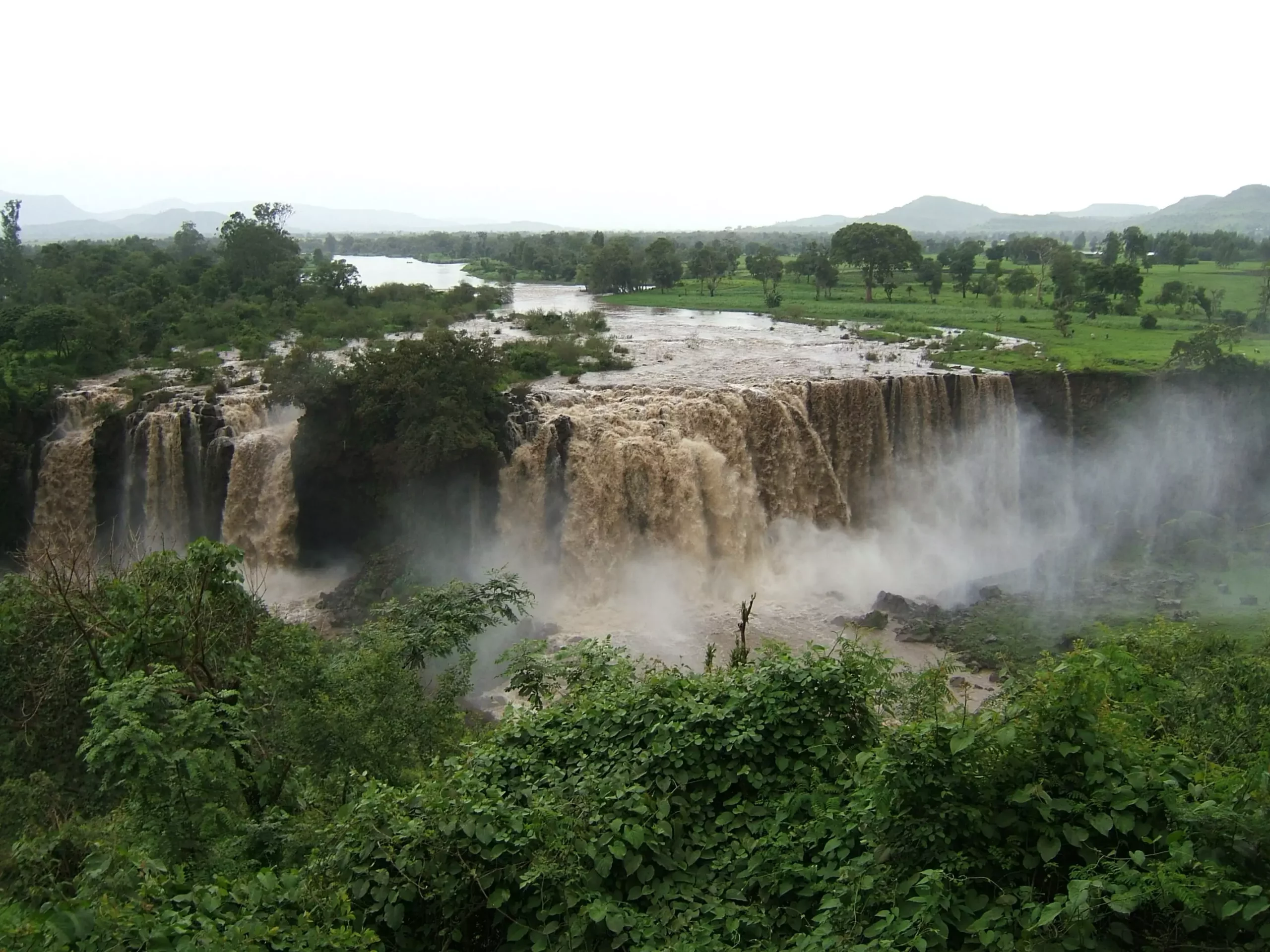As global warming accelerates, the stability of ecosystems and human settlements along the Nile Valley finds itself under immense threat. From droughts to erratic floods, the region’s populations brace for upheavals that could challenge their very existence. The Nile River, a lifeline to millions, presents an urgent case for understanding how hydrological dynamics will respond to enhanced climate variability. Insights from historical climate events, particularly the North African Humid Period (approximately 11,000 to 6,000 years ago), illuminate the challenges modern society may face.
Recent research led by Cécile Blanchet and her team at the German Research Centre for Geosciences (GFZ), in collaboration with institutions in Austria and Germany, has provided new data that contributes to our understanding of these ancient climatic shifts. Their analysis of a unique 1,500-year sediment core offers critical insights into the river’s fluctuating behavior during historical wetter periods. By studying ancient sediment layers, the researchers have crafted a lens through which we can anticipate a similarly mercurial future.
The North African Humid Period: Lessons from the Past
The North African Humid Period serves as an essential reference point for understanding how the Nile and its valleys reacted to warm, wet environments. The sediment core analyzed by Blanchet’s team reveals drastic variability in flooding events—ranging from severe to minimal—demonstrating a tumultuous interaction between climate and river behavior. It paints a picture of a highly unstable river system, possibly rendering the Nile Valley inhospitable during periods of extreme fluctuations.
In exploring the core samples, scientists discovered layers of sediment that varied in thickness remarkably. Some layers measured a mere 0.3 mm, while others quaked with girth at up to 10 mm. Such differences, while seemingly trivial to the untrained eye, indicate significant changes in flood dynamics over relatively short periods. The thickness of these layers, connected to past flooding events, directs attention to how past river behaviors offer indicators of future trends.
Explaining Sediment Layers and Their Implications
The complexity inherent in river systems adds another layer of intrigue. Sediments do not always directly correlate to the water levels in the river, complicating our understanding of how historical flood records relate to modern forecasting. However, the research team made a critical observation: the size of sediment particles increased in thicker layers, suggesting that these thicknesses are reliable indicators of flood strength. This critical nuance allows scientists not only to reflect on ancient conditions but also to develop predictive models for the future.
As Blanchet points out, sediment cores from ancient times act as “natural laboratories” that researchers can employ to test and enhance modern climate models. The layered history preserved in sediment allows for a meticulous analysis of cyclical patterns, revealing that while the Earth’s climate system evolves, the underlying drivers of changes may remain consistent.
Collaboration Across Disciplines for Enhanced Predictive Power
The study extends beyond mere sediment analysis; it embodies a sophisticated collaboration of geoscientists, statisticians, and modelers aiming to untangle the complex web of climate impacts surrounding the Nile. By integrating statistical techniques with historical data, the researchers were able to identify oscillations that highlight the river’s inundation behavior across various timescales. Notably, the interplay between El Niño-Southern Oscillation (ENSO) events and Nile flooding showcases the intricate relationship between global climatic patterns and regional hydrology.
With insights drawn from ancient Egyptians’ records—specifically their detailed observations of river levels—scientists can construct a more robust timeline and enhance their understanding of how these oscillations affect flooding severity. This comparison elucidates a crucial finding: while the climate variables driving past floods may resemble those of present and future conditions, their impacts can differ significantly, particularly regarding amplitude and severity.
Future Implications and Challenges
Armed with this knowledge, researchers and policymakers are now tasked with addressing the pressing challenges that climate change poses to the Nile Valley. The implications of fluctuating flood magnitudes extend beyond theory; they sketch a roadmap for developing reliable risk assessment tools essential for modern infrastructure planning. As cities and communities become denser and more reliant on the Nile, these predictions become invaluable as focal points for safeguarding millions of lives.
Ultimately, understanding the historical dynamics of the Nile provides a strategic advantage in managing future climate uncertainties. Through interdisciplinary collaboration and rigorous scientific inquiry, we stand at the precipice of discovery that may illuminate pathways towards a sustainable coexistence with this iconic river. As we look back to learn from these ancient patterns, we shoulder the responsibility of charting a course that accommodates both the Nile’s complexities and the needs of those who call its banks home.

